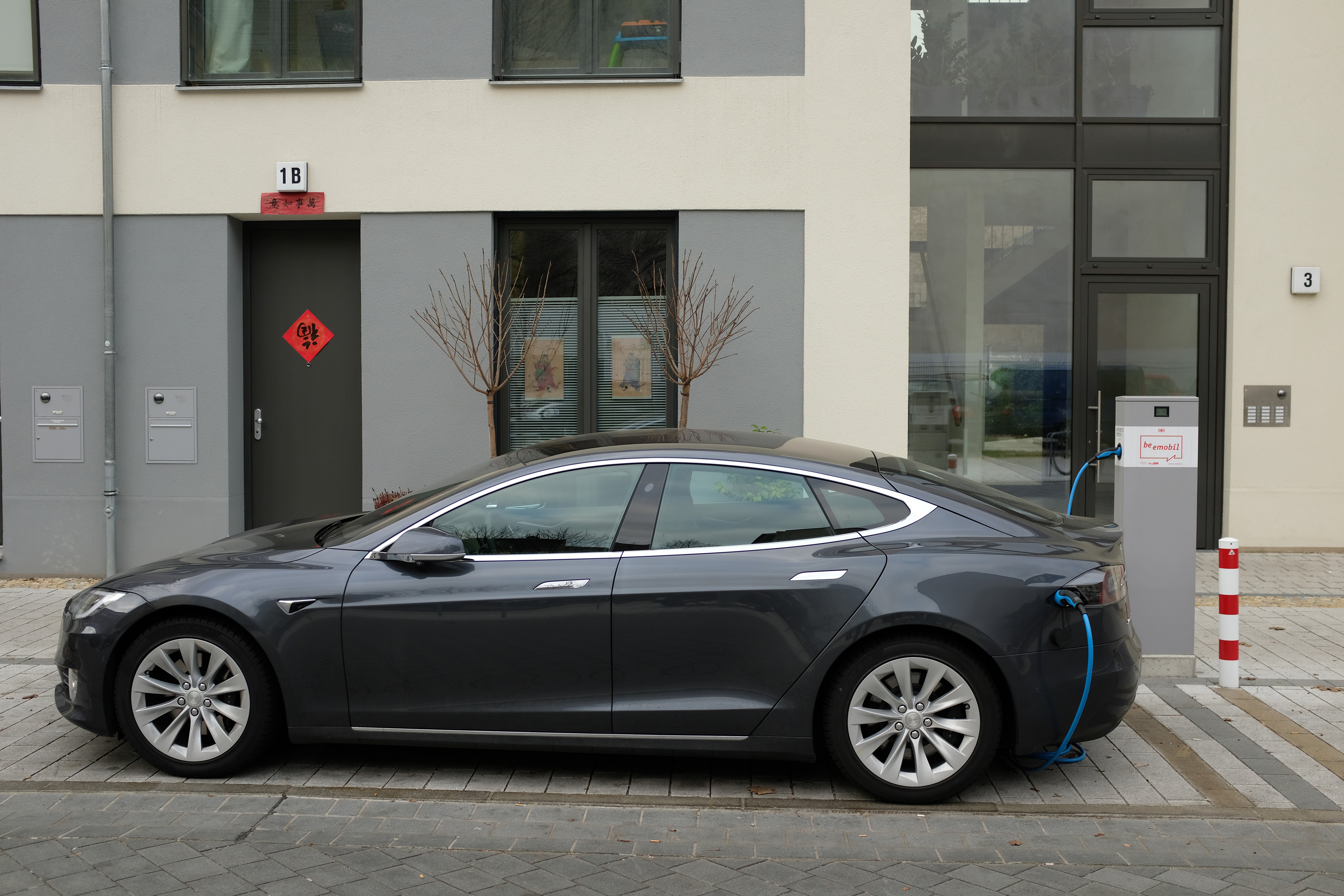Tesla in deadly Texas crash was not on auto-pilot, officials rule
Car owner’s home security camera shows him entering the driver’s seat, says report

The Tesla car crash in Texas which took the lives of two men last month did not involve the vehicle’s automated steering system, says a two-page preliminary report by officials investigating the incident.
According to the report by the US National Transportation Safety Board (NTSB), Tesla’s advanced driver assist system, Autopilot, was “not available” on the road where the accident occurred.
NTSB noted that Tesla’s Autopilot consists of two systems – Traffic Aware Cruise Control, which adjusts the speed and distance of the vehicle with those up ahead, and Autosteer, which governs lateral steering movements.
The report said both must be engaged for Autopilot to be in operation.
Tests of a similar car at the crash site by the safety board revealed that cruise control could be engaged, but Autosteer was “not available on that part of the road.”
“Using Autopilot requires both the Traffic Aware Cruise Control and the Autosteer systems to be engaged. NTSB tests of an exemplar car at the crash location showed that Traffic Aware Cruise Control could be engaged but that Autosteer was not available on that part of the road,” the report noted.
The report also revealed details from the car owner’s home security camera showing him entering the driver’s seat while his co-passenger entered the adjacent front seat.
In the April car crash, two men – 59-year-old owner, William Varner, an anaesthesiologist, and a co-passenger aged 69 – were killed after their 2019 Tesla Model S, travelling at high speed, failed to negotiate a curve, crashed into a tree and caught fire.
According to the NTSB report, the car jumped the curb on a curve, “hitting a drainage culvert, a raised manhole, and a tree,” damaging the high-voltage lithium-ion battery case at the front of the car which caught fire.
“As a result of the crash and fire, both car occupants were fatally injured,” it said.
Officials investigating the crash had said there was no one at the driving seat at the time of impact, and also cited witness statements saying that the two had left to test drive the vehicle’s self-driving feature.
However, Musk said in April that an internal probe by the company of data logs retrieved from the crash ruled out the use of the Autopilot system.
“Data logs recovered so far show Autopilot was not enabled ... Moreover, standard Autopilot would require lane lines to turn on, which this street did not have,” he tweeted.
Based on a probe by the company, Lars Moravy – Tesla’s vice president of vehicle engineering – said the steering wheel was “deformed” post-crash suggesting someone was in the driver’s seat at the time of impact.
NTSB said it is working with the Harris County Texas Precinct 4 Constable’s Office, which is conducting a parallel investigation to unravel more details on the crash.
Join our commenting forum
Join thought-provoking conversations, follow other Independent readers and see their replies
Comments
Bookmark popover
Removed from bookmarks